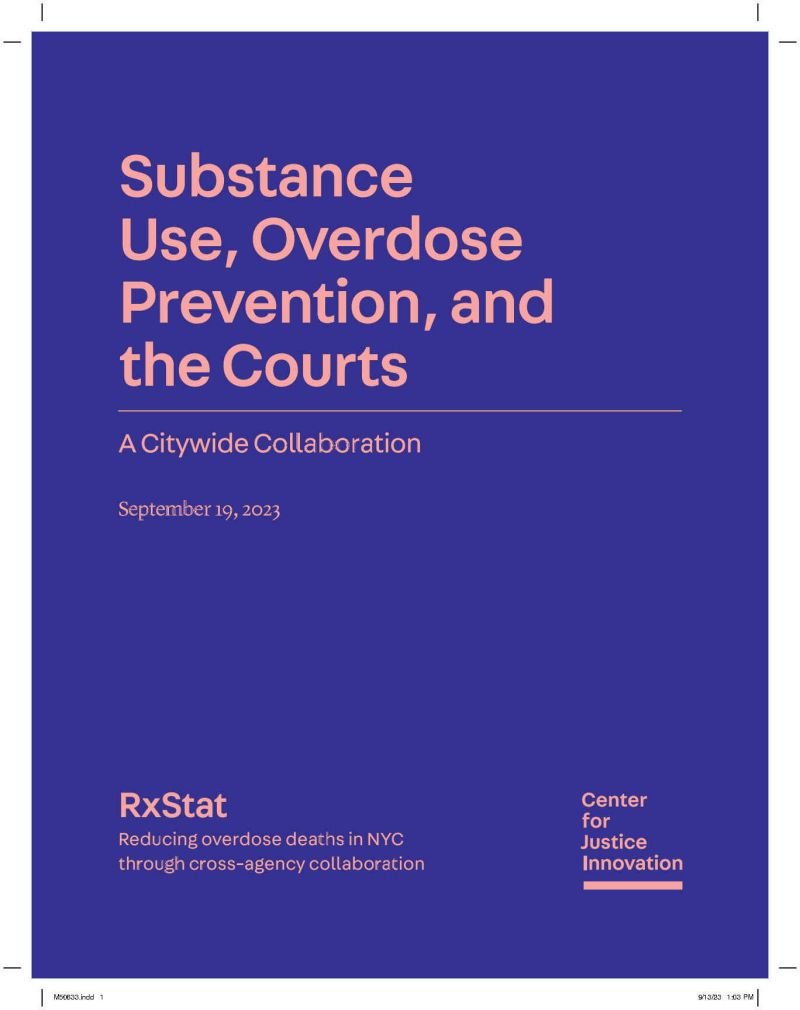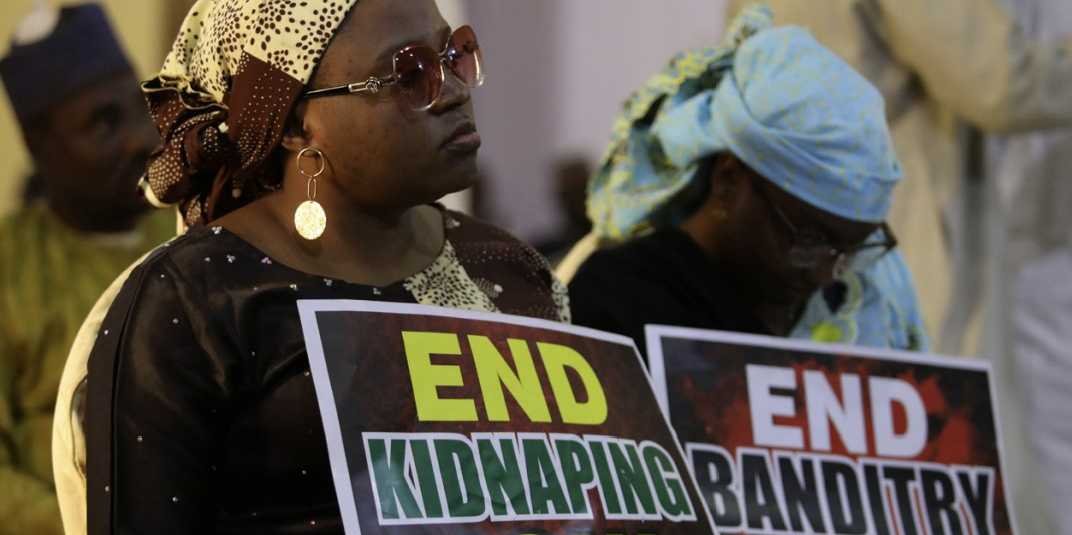By Global Financial Integrity, FACT Coalition, and the Anti-Corruption Data Collective
Today Global Financial Integrity, in conjunction with the FACT Coalition and the Anti-Corruption Data Collective, is releasing a report with identifies 25 cases in which illegal, allegedly illicit or suspicious funds were funneled into commercial property in the United States over approximately the last 20 years. With a total value of property exceeding $2.6 billion, California, Florida and New York are some of the most favored locations for these illegal investments, but criminals stashed money across some 20 different states. This money originated from around the globe and includes suspicious funds from 14 countries, including Iran, North Korea, Kazakhstan, Russia and Mexico. As varied as the sources of funds were, so too were the types of properties involved. Hotels, shopping malls, supermarkets, a music studio and an equestrian facility in addition to more pedestrian office high-rise
It should be noted that our research represents only known cases involving U.S. commercial real estate: the actual number is likely much higher. Our data definitively shows, however, that commercial property in the U.S. offers criminal syndicates, cartels, kleptocrats and fraudsters an easy path to hide and launder their ill-gotten gains. Russian oligarchs facing international sanctions have also invested in U.S. commercial real estate. Shockingly, eight of the 25 cases involve foreign government officials or their relatives, yet the links to these Politically Exposed Persons were only uncovered long after the purchases.In recent years it has become increasingly clear that the combination of complex financing schemes and a lack of transparency mean commercial real estate provides a unique opportunity for laundering huge amounts of cash with a relatively low risk of detection. Identifying who is behind the purchase of commercial property often presents a significant challenge given large financial flows from real estate investment trusts and private investment groups, in addition to funds from shell companies formed and operated by registered agents, proxies and/or attorneys. Key Findings – More than $2.6 billion in suspicious funds were invested in commercial real estate in 22 U.S. states over approximately the last 20 years. The actual figure is likely much higher.– Funds used to buy commercial real estate in the United States originated in 14 different countries including Russia (4 cases), Mexico (4 cases), China, Malaysia, Iran and Kazakhstan (see Map 2). – Of the 25 cases reviewed for this study, 14 involved either politically exposed persons or oligarchs who typically have especially close relationships with foreign government officials. – The types of properties appearing in cases fall into four broad categories: land/buildings, business facilities (e.g. music studios, health facilities), retail spaces (e.g. supermarkets, hotels) and industrial sites (e.g. steel plants). – Weak or non-existent reporting requirements by professions involved in the purchase of commercial real estate contributed to the ease with which illicit funds were laundered.Recommendations 1.FinCEN should adopt a reporting obligation for multiple real estate professionals in a cascading order to ensure the requirement falls on at least one U.S.-based entity involved in the transaction, from both the buyer and the seller. As attorneys are legally required to be part of the closing process in almost 20 states, attorneys should be included with specific reference to the function they perform in the transaction.The rule should cover transfers of ownership that do not constitute a sale. Current rules only refer to purchases of real property by a legal entity. However, numerous cases of real estate money laundering simply involve the transfer of ownership or creation of equitable interest in the property without an actual sale. FinCEN should expand the types of transactions covered to include direct/indirect transfers of ownership or creation of equitable interest in the property.The rule should cover transactions by trusts: An increasing proportion of housing is now owned by legal entities and arrangements, including trusts. In Los Angeles, for example, 23% of rental units are owned by trusts. Both foreign and some domestic trusts are excluded from the purview of the Corporate Transparency Act. We recommend that transactions by all different classes of legal entities and legal arrangements be included in any prospective rule.
Washington, DC: Global Financial Integrity, 2024. 21p.





















